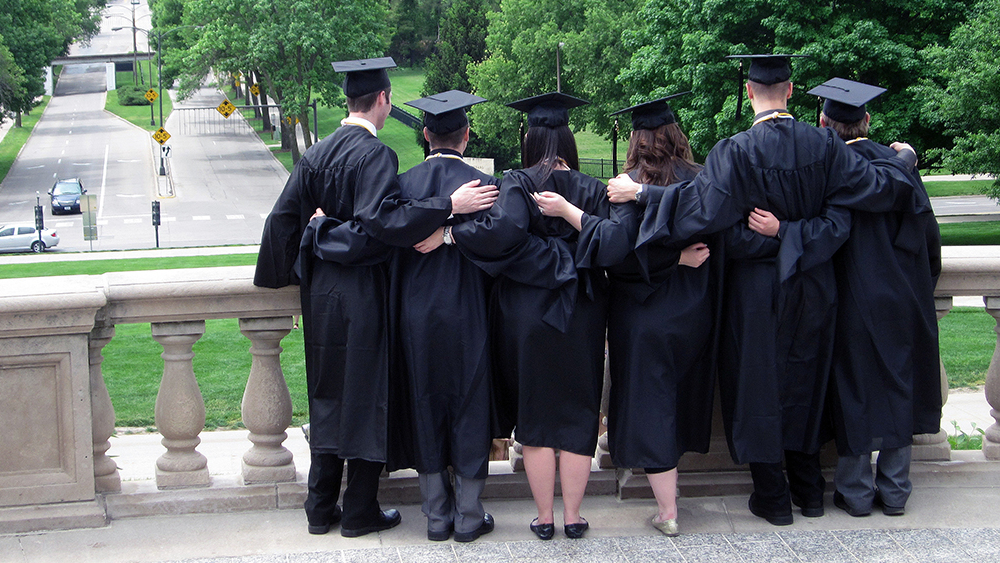In the past ten years, there has been a 10 percentage point rise in the proportion of churchgoers with a university degree and a 12 percentage point decline in those with only a school-level education. The result is a more highly educated churchgoing population.
In 2006, half of church attenders had school as their highest level of formal education. In 2016 this proportion had dropped to 38 per cent. This most likely reflects the passing of older attenders, who are more likely to have completed only a school-level education.
Alongside this, there has been a rise in churchgoers with university degrees from 27 per cent in 2006, to 33 per cent in 2011 and 37 per cent in 2016. The shift is due to generational changes in education, with more recent generations in Australian society more highly educated than those before them.
Church leaders will still need to remain aware of the needs of less educated attenders as well as the emerging highly educated ones.
Within denominational groupings, Anglican and Baptist churches have more attenders with university degrees than with a school-level education. In contrast, Catholic, Lutheran and Uniting churches have more churchgoers with school-level education than with university degrees. Pentecostal churches have a more even spread of levels of education among their members.
Overall across Australia’s churches, with about four in ten attenders university qualified and the same number having a school-level education, a dichotomy may also exist between the two groups. The implications for highly educated younger ministry staff is to meaningfully communicate with the full educational spectrum.
Church leaders will still need to remain aware of the needs of less educated attenders as well as the emerging highly educated ones.
In summary:
• 37 per cent of all attenders in 2016 have a university degree, up from 33 per cent in 2011 and 27 per cent in 2006: an increase of 10 percentage points in ten years.
• 25 per cent have a trade certificate, diploma or associate diploma: fairly constant since 2006.
• 38 per cent have primary or secondary school education, down from 42 per cent in 2011 and 50 per cent in 2006: a drop of 12 percentage points in ten years.
Sources: 2016, 2011, 2006 NCLS Attender Survey [Data files]. Sydney: NCLS Research.

